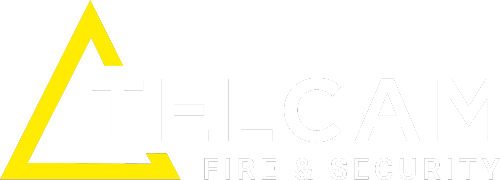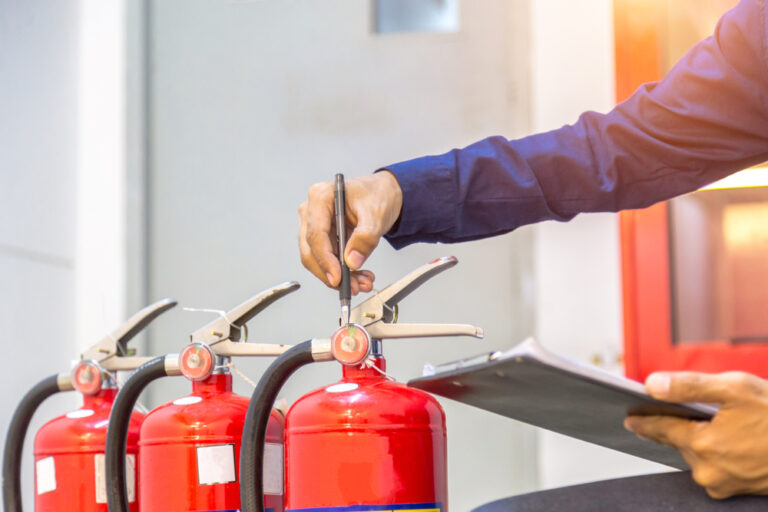
How To Ensure You Meet Fire Standards In A Commercial Office
As an employer, you have a legal obligation to provide your employees with a secure and safe working environment. Not only is it a legal obligation, but providing your employers with safe working conditions and environments will also help the workload as you have fewer absences and much higher morale.
One key component of a safe commercial space is fire safety. Once again, ensuring that your working environment is fire safe and has undergone the necessary testing and procedures is a legal requirement. The seriousness of this is soo much so, that if you do not adhere to these requirements it could result in fines, imprisonment and worse of all could even result in death.
In this article, we will discuss everything that you need to do to ensure that your working environment is fully fire-safe and meets all the necessary fire standards and regulations covered by the regulatory reform order 2005.
Fire Risk Assessments
A fire risk assessment is an integral part of proving that your workspace is fully fire-safe. A fire risk assessment will help to identify any potential hazard that can increase the chances of a fire breaking out within your workspace. During the assessment, you will also be recommended a number of different fire safety measures that you must implement that will help to make sure that your premises is safe and adheres to the regulatory reform (fire safety) order 2005.
It is a legal requirement that all business owners, landlords, commercial building owners and public building owners complete regularly to ensure that the safety standards are fully up to date.
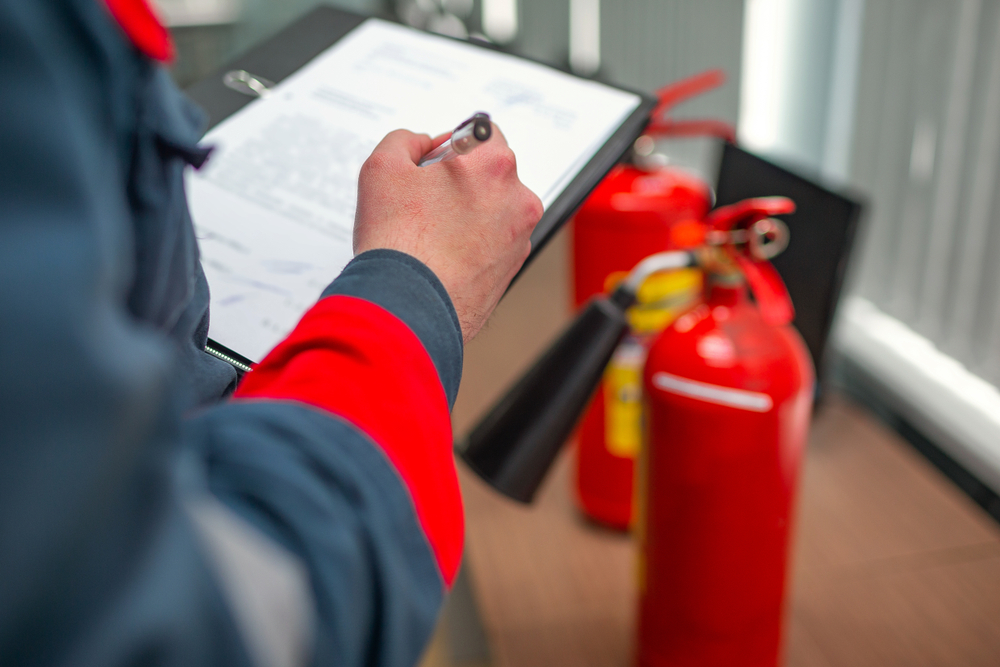
If you fail to perform these risk assessments regularly then you can face up to 2 years in prison for failing your duty to keep workers safe.
There are 5 main stages of a thorough fire risk assessment. These are:
Identify the potential fire hazards – In this stage of the risk assessment, everything that could pose a potential fire risk to your working environment is identified.
Identify people at risk – This stage will identify who the potential fire risks pose a risk to. This will look for vulnerable people such as the elderly, children and people with disabilities.
Evaluate, reduce or remove the risk – This stage will evaluate what you need to do with the potential risks whether that be a solution to negate the risk or even remove the risk altogether.
Record your findings, prepare an emergency plan and provide training – In this stage, an emergency plan will be created using the findings from the risk assessment. It will then be up to you as an employer to provide training to your team based on the emergency plan that has been created from your findings.
Regularly review and update the risk assessment – You must perform regular risk assessments to ensure that all of your findings are up to date. This will ensure that your emergency plan and safety measures are always fully up to date.
Fire Alarm Solutions
One of the key components for fire safety in any building, personal or commercial is fire alarms. Ensuring that your fire alarms are all in perfect working order and are fully synched up is vital to the safety of each and every one of your employees. Having regular fire alarm maintenance and replacements should be at the top of all business’s priorities in order to ensure the safety of their staff and customers.
The main thing to remember is that smoke alarms save lives. But in order to save lives they must be fully working. Fire alarms by detecting small smoke particles within the air, most commonly using ionisation and photoelectric technologies. Once they detect those particles above a certain level they signal an alarm to warn you to get to safety and call 999.
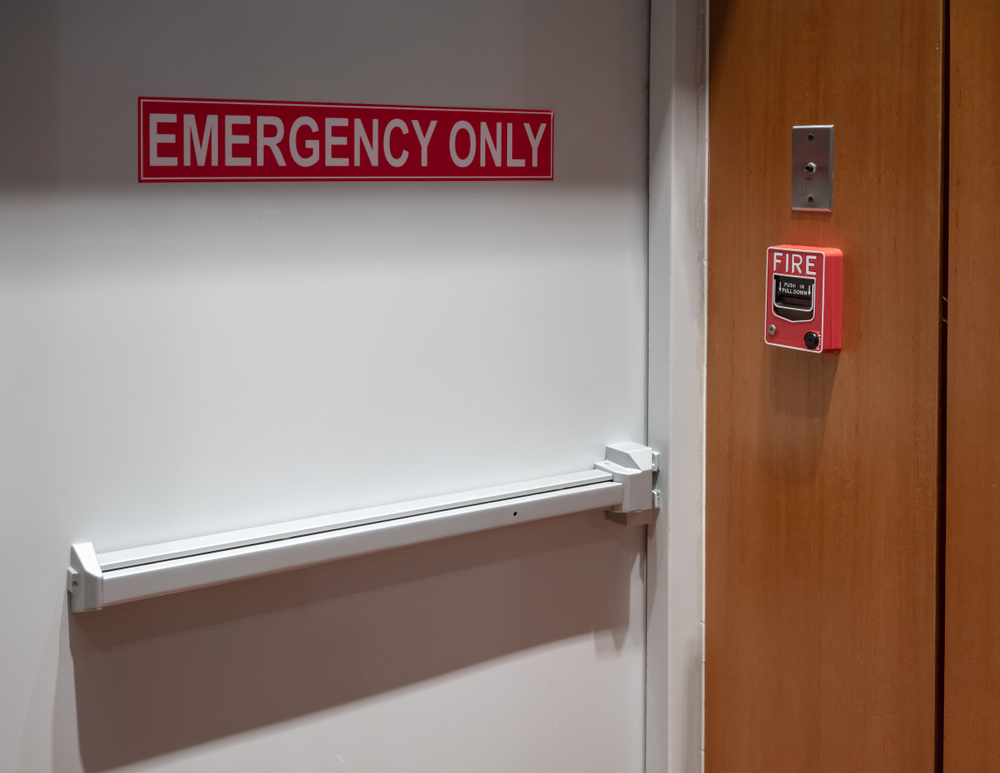
Faulty fire alarms can be extremely annoying and dangerous within a workspace. If a faulty alarm goes off with nothing prompting it then it can cause you to evacuate the building and call the fire brigade for no reason. In addition to this, a faulty alarm that does not go off during an actual fire can have detrimental repercussions such as damaged goods and even death.
PAT Testing
Another way that you can help to prevent things such as fires with a workspace is through stringent testing of your appliances. PAT testing is a process that examines all your workspace appliances to check that they have zero faults and are in safe working order. A lot of electrical faults can be seen simply visually whereas some can only be found through testing. PAT testing ensures that all electrical faults are found.
According to the National Fire Chiefs Council over one in three fires within the workplace are caused by electrical faults. This shows just how important it is to perform regular checks on your electrical equipment to make sure that they are fully safe. It is actually a legal obligation to ensure that all electrical appliances are in safe working order.
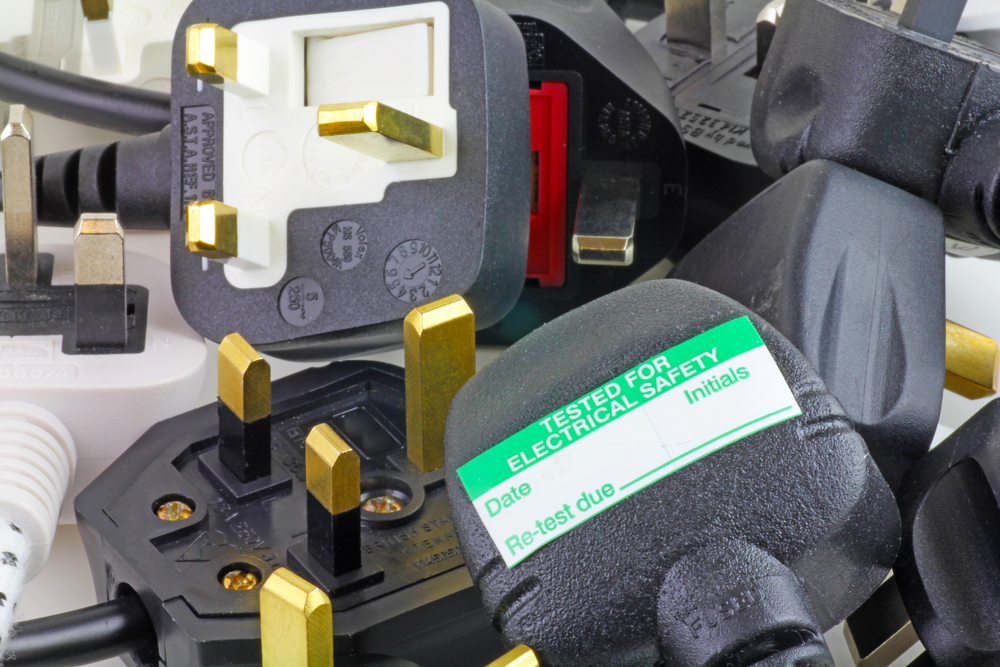
As a general timeline, you should be PAT testing your equipment every 24 months to ensure that they are always safe. This could not only help to avoid any accidental fires and damages that could cost your business a whole lot of money. Smaller businesses can find it hard to ever recover from the financial implications of a large fire, PAT testing will make sure that any potential hazard is nullified.
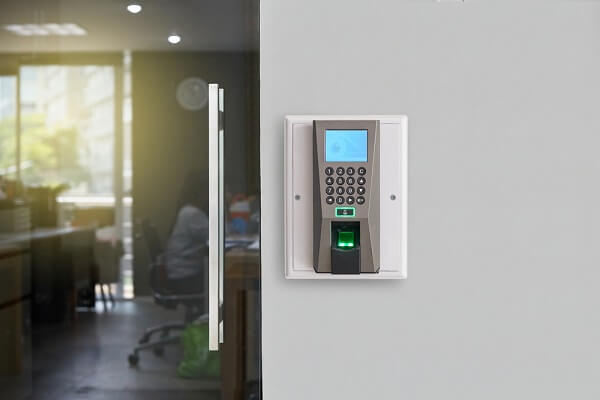
REQUEST A CALLBACK TO DISCUSS YOUR FREE QUOTE
Explore Access Security
Explore Premises Security
Contact Us
Company Name: Tel-Cam Security Systems Ltd
Company # 04066468
5 Broadway Buildings
Boston Road
Hanwell
London W7 3TT
© 2024 TELCAM Fire & Security Services | All rights reserved





